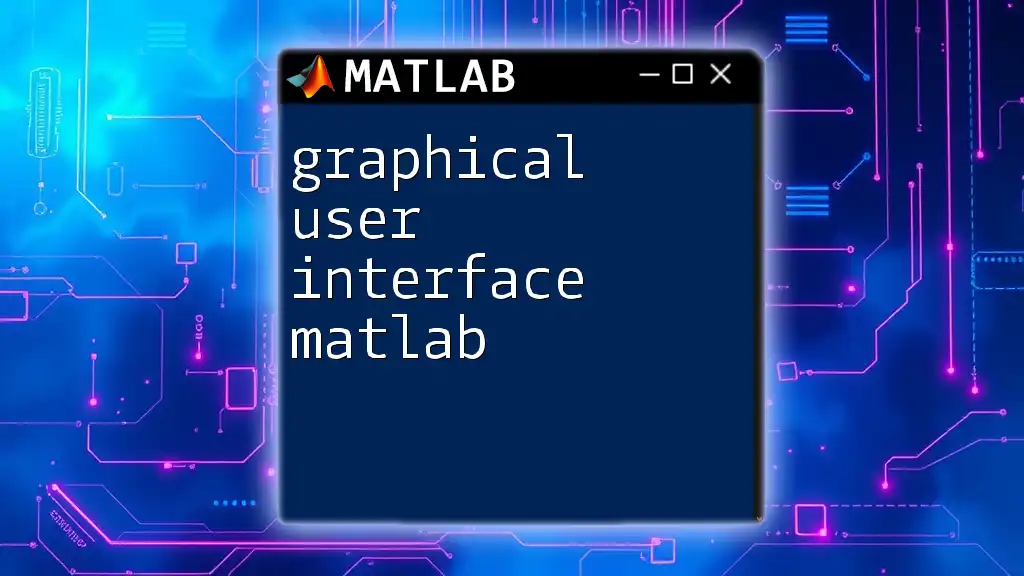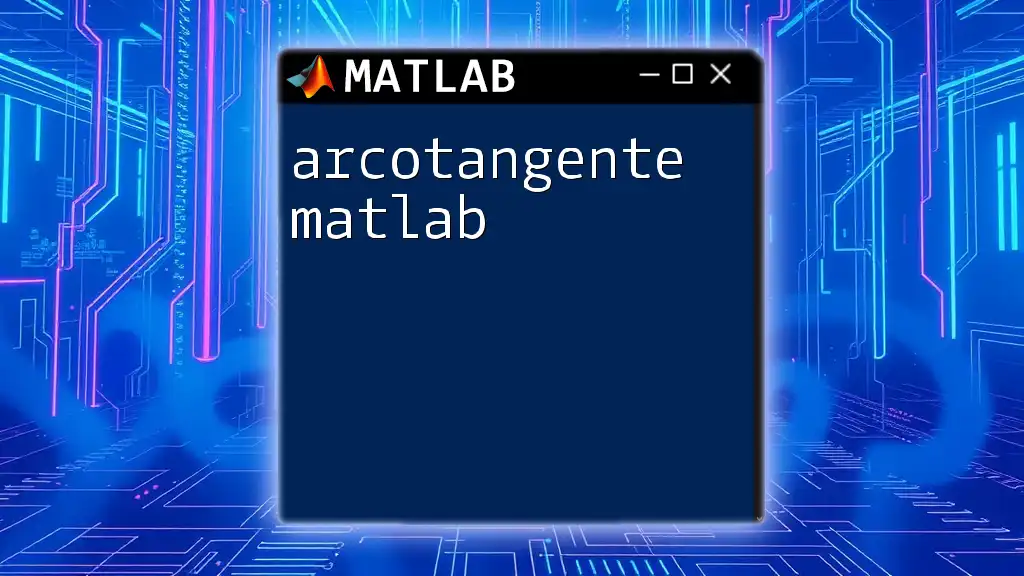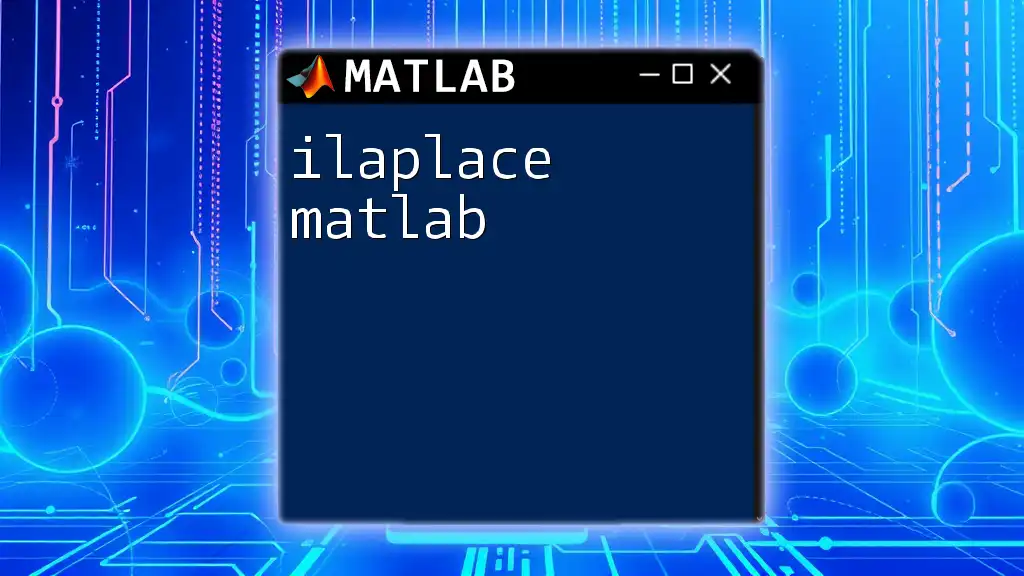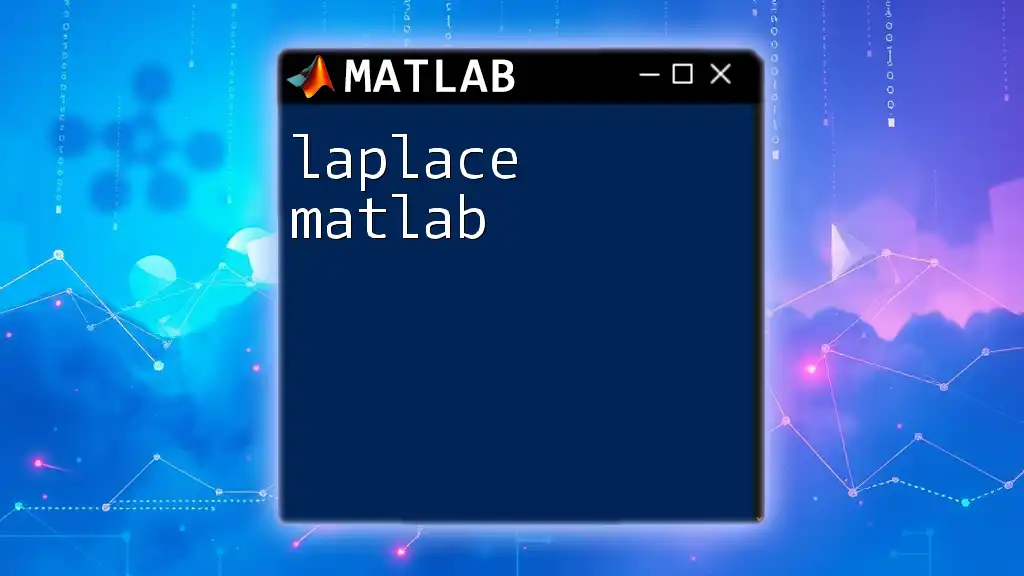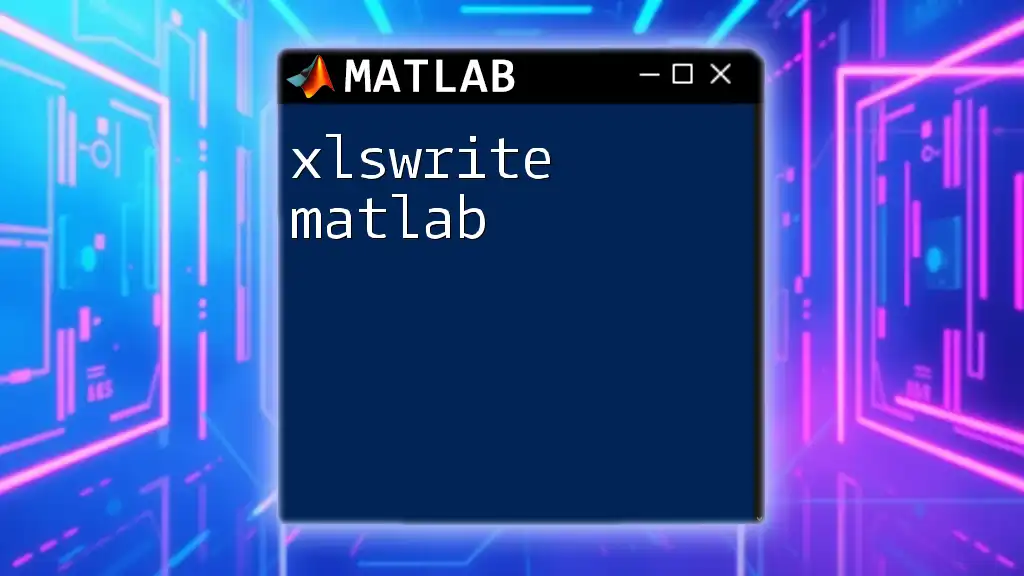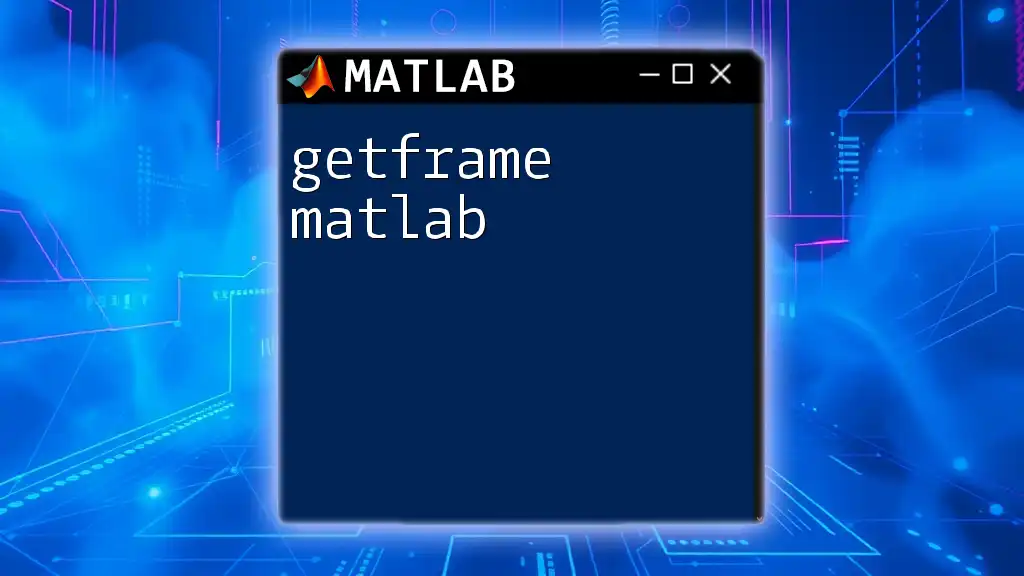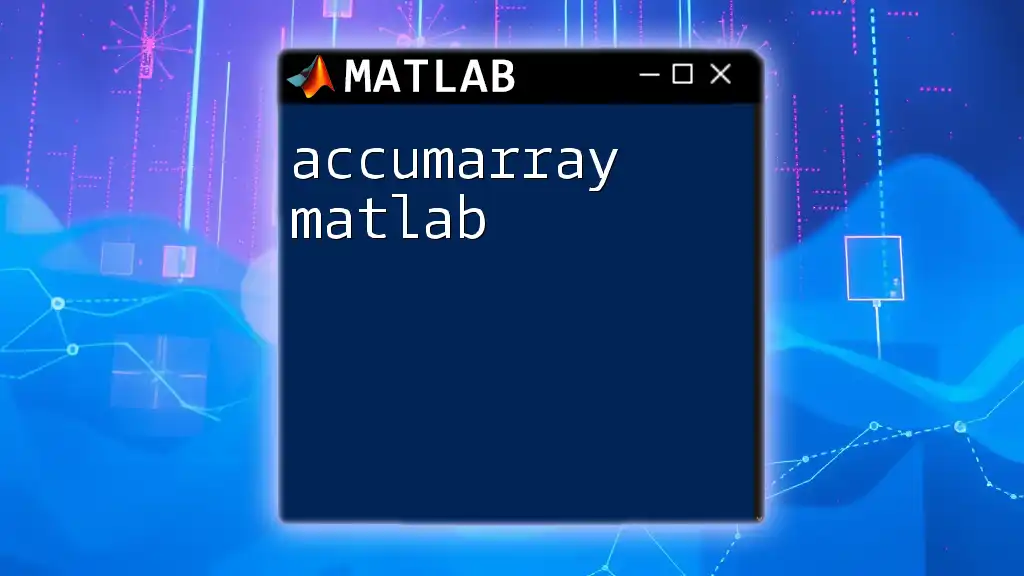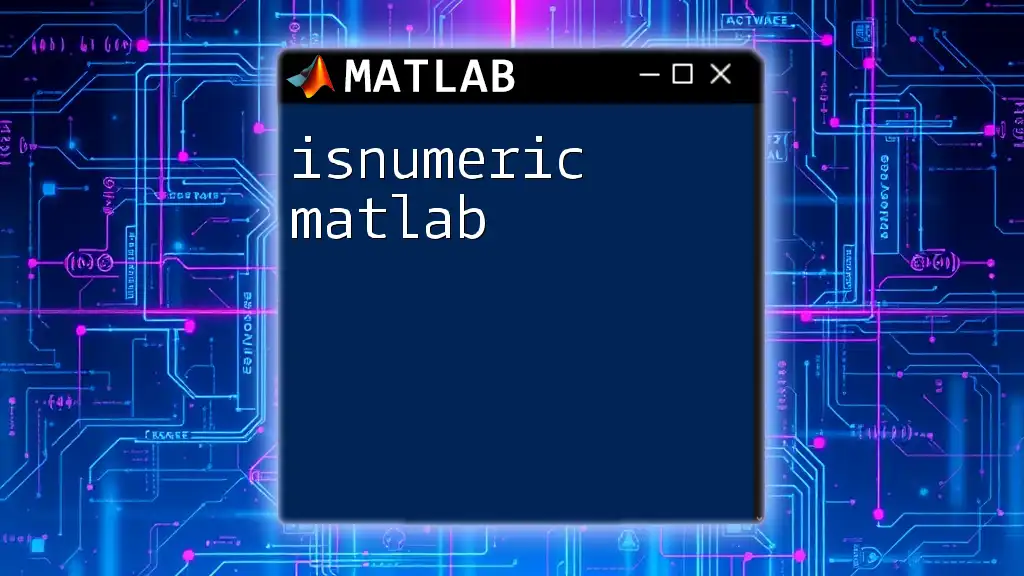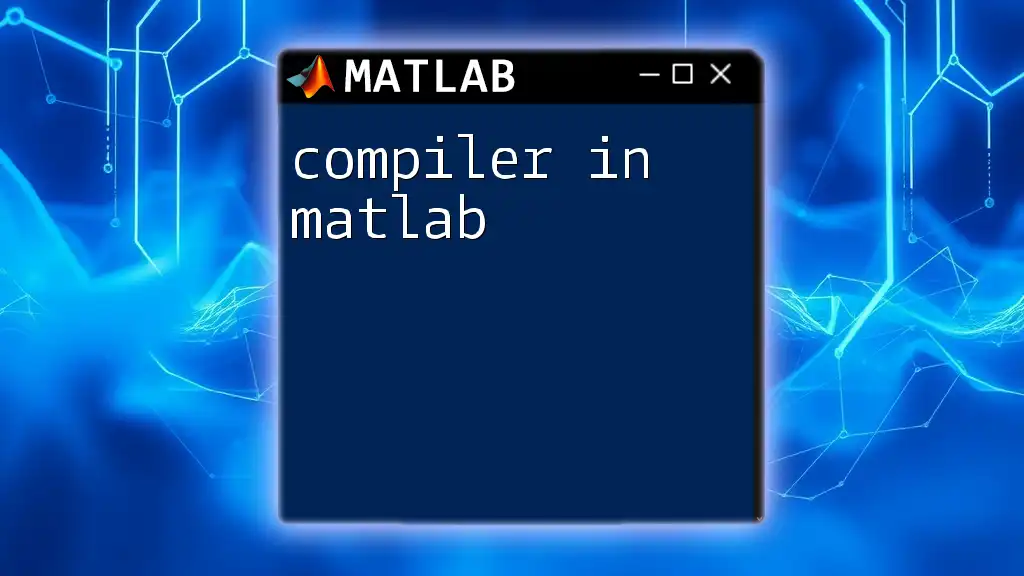A graphical user interface (GUI) in MATLAB allows users to create interactive applications using visual components such as buttons, sliders, and plots, enhancing user experience and simplifying complex tasks.
Here’s a simple example of a MATLAB GUI that creates a basic figure with a button:
function simple_gui
f = figure('Position',[300,300,200,150]);
btn = uicontrol('Style','pushbutton', 'String','Click Me',...
'Position',[50,50,100,30],...
'Callback',@button_callback);
end
function button_callback(~,~)
disp('Button was clicked!');
end
Understanding MATLAB GUIs
What is a GUI?
A Graphical User Interface (GUI) is an interactive interface that allows users to interact with software visually, rather than through command-line inputs. Unlike traditional command-line interfaces, which require users to input text commands, GUIs utilize visual elements like buttons, sliders, and windows, making software more approachable for users without extensive programming backgrounds.
Why Use GUIs in MATLAB?
The use of GUIs in MATLAB significantly enhances the user experience. Here’s why they are important:
- Enhanced User Experience: GUIs simplify interactions, making it easier for users to manipulate data and visualize results.
- Complex Data Management: Users can handle multiple datasets and manipulations without needing to memorize commands.
- Real-World Applications: From scientific applications to engineering simulations, GUIs facilitate complex calculations and visualizations, bringing MATLAB's power to more users.
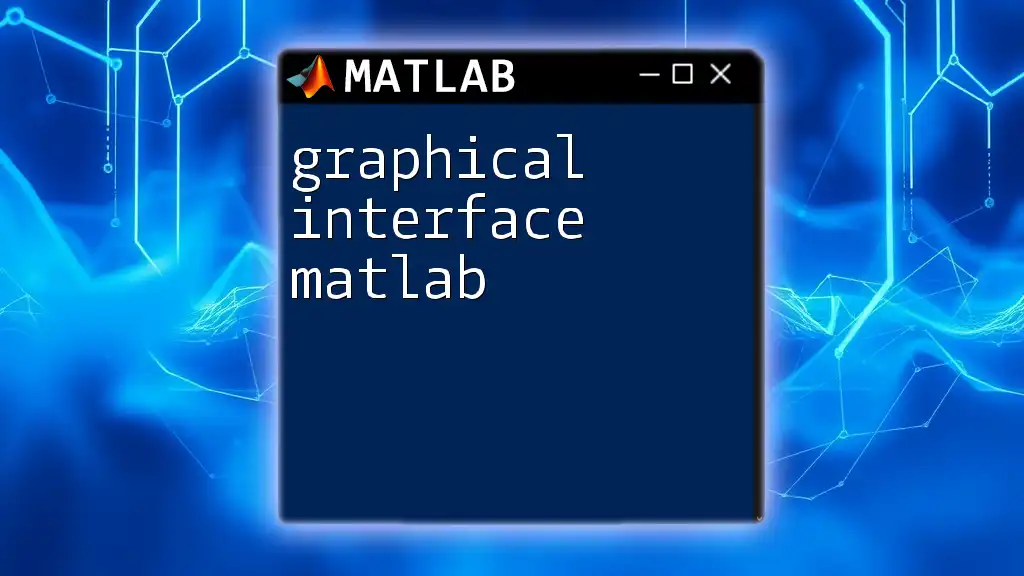
Getting Started with MATLAB's GUI Development Environment
Launching Guide Layout with App Designer
MATLAB features App Designer, which provides a professional environment for building GUIs. Unlike the older GUIDE tool, App Designer offers a drag-and-drop interface alongside a rich library of UI components.
Navigating App Designer is straightforward. The interface includes a component library where you can select UI elements, and a design canvas where you can arrange these elements as per your requirement.
Creating a New App
To start creating your app, follow these steps:
- Open App Designer from the MATLAB toolstrip.
- Click on New to create a blank app.
- Design your layout as desired using the component library.
A simple code snippet to create a new window and set some properties is as follows:
function startupFcn(app)
app.UIFigure = uifigure('Position', [100, 100, 400, 300], 'Name', 'My First GUI');
end
This code creates a new figure with custom dimensions and a title.
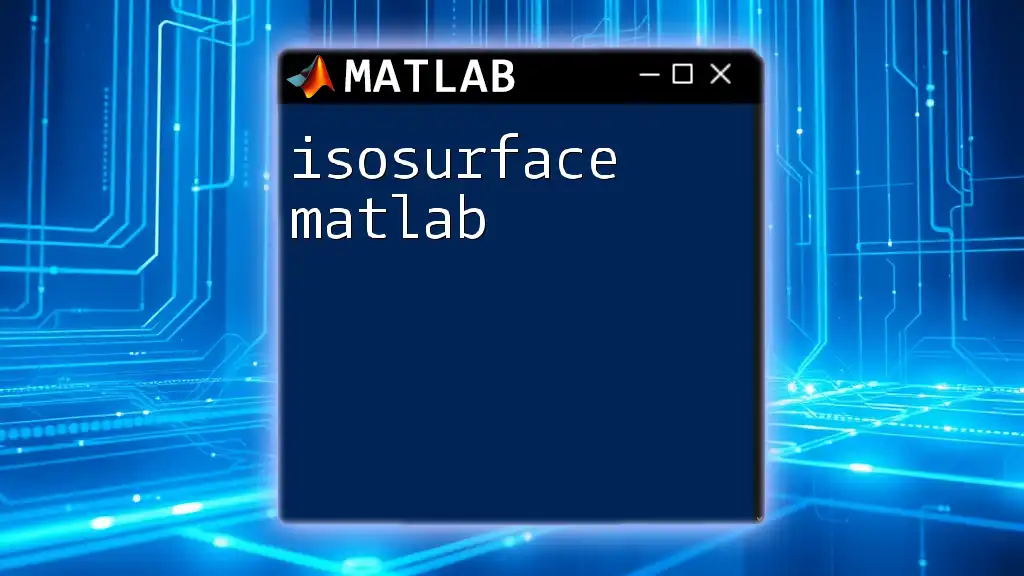
Key Components of MATLAB GUIs
UI Components Overview
MATLAB offers several essential UI components for constructing GUIs:
- uicontrol: Buttons, sliders, checkboxes, and edit fields are all uicontrol components that facilitate user input.
- axes: This component allows you to create plots and display images.
- uifigure: This creates the main window for your application and holds all of the other controls.
Customizing UI Components
To maximize usability, customizing properties of UI components is crucial. For instance, changing button sizes, colors, and fonts can significantly affect the user experience.
You can modify properties using code, as shown below:
app.Button.BackgroundColor = [0, 1, 0]; % Changing button color to green
app.Button.Text = 'Start'; % Setting button text
Key properties to pay attention to include Callback functions which determine what happens when users interact with controls.
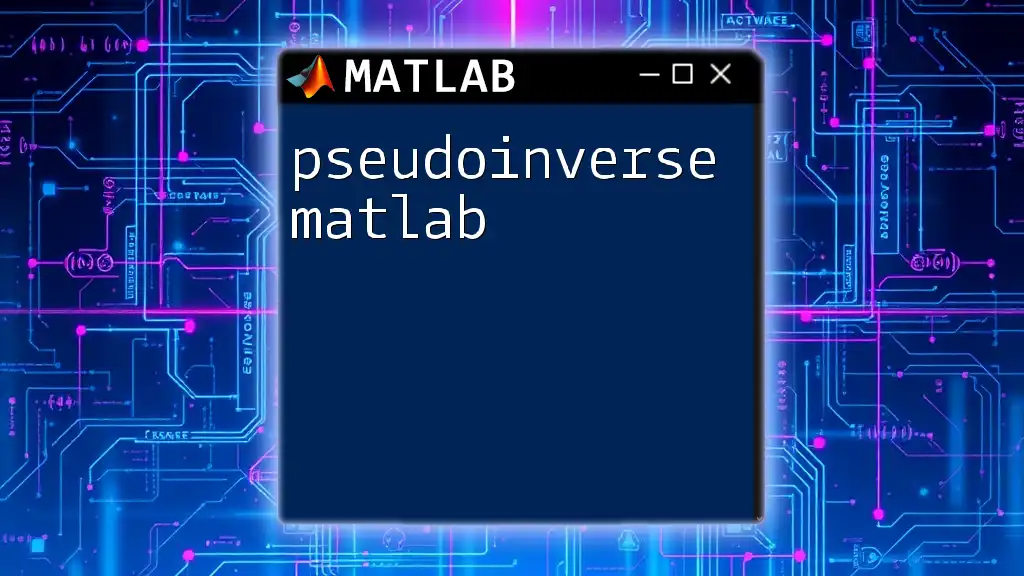
Adding Functionality to Your GUI
Understanding Callback Functions
Callback functions are critical in GUI development. They define the actions taken when a user interacts with a UI component, such as clicking a button or selecting an option.
Here’s a simple example of how to create a callback for a button that changes the text in a label:
function ButtonPushed(app, event)
app.Label.Text = 'Button was clicked!';
end
This code will update the label text when the button is pressed.
Integrating MATLAB Commands into Your GUI
You can easily run MATLAB commands based on user interactions with GUI elements. For instance, you can use sliders to adjust plot parameters in real-time.
Here's how to create a slider that changes the frequency of a sine wave plot:
function SliderValueChanged(app, event)
freq = app.Slider.Value; % Get slider value
t = 0:0.01:1; % Time vector
y = sin(2 * pi * freq * t); % Generate sine wave
plot(app.UIAxes, t, y); % Update plot
end
This interactive approach allows users to visualize changes immediately.
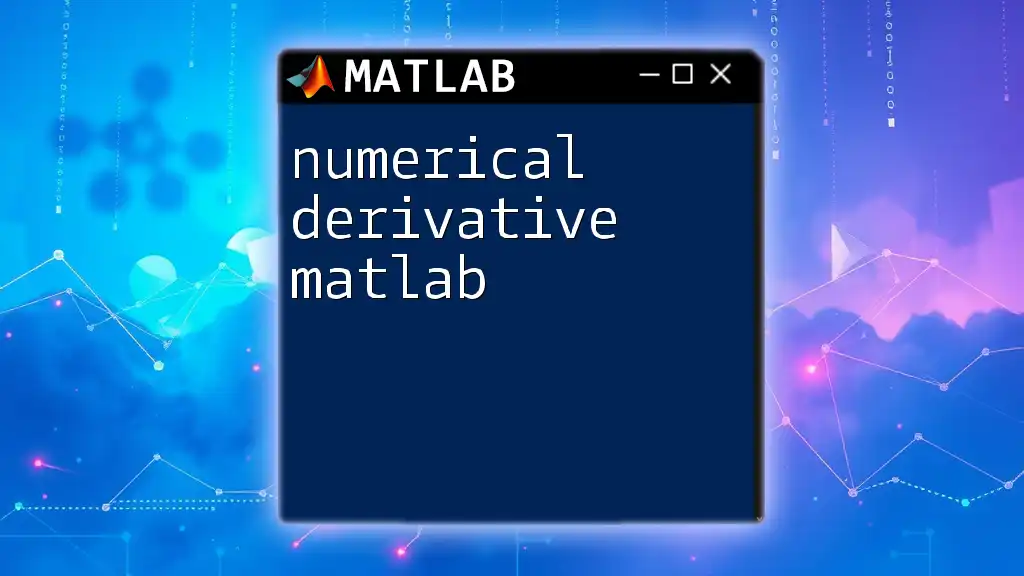
Advanced GUI Features
Managing Multiple Figure Windows
Sometimes, users may want to switch between different views or datasets in a single GUI application. For this, managing multiple figure windows effectively is essential.
An efficient way to implement this is by creating a navigation system using buttons. Here’s a simple example of switching between two figures:
function NextButtonPushed(app, event)
app.SecondFigure.Visible = 'on'; % Show second figure
app.FirstFigure.Visible = 'off'; % Hide first figure
end
Adding Data Visualization
Incorporating graphical representations such as plots enhances the GUI's functionality. To create dynamic, real-time visualizations, you can use timers.
For example, here’s a snippet that allows for an animated plot:
function TimerFunction(app, event)
t = t + 0.1; % Increment time
y = sin(2 * pi * f * t); % Update y values
plot(app.UIAxes, t, y); % Plot the new values
end
User Inputs and Data Validation
Collecting user inputs effectively is critical. By utilizing fields for entering data, you can request information and validate it before processing it.
Here’s a code snippet to validate numeric input in an edit field:
function SubmitButtonPushed(app, event)
userInput = str2double(app.EditField.Value);
if isnan(userInput) || userInput <= 0
uialert(app.UIFigure, 'Please enter a valid positive number.', 'Input Error');
else
% Proceed with valid input
end
end
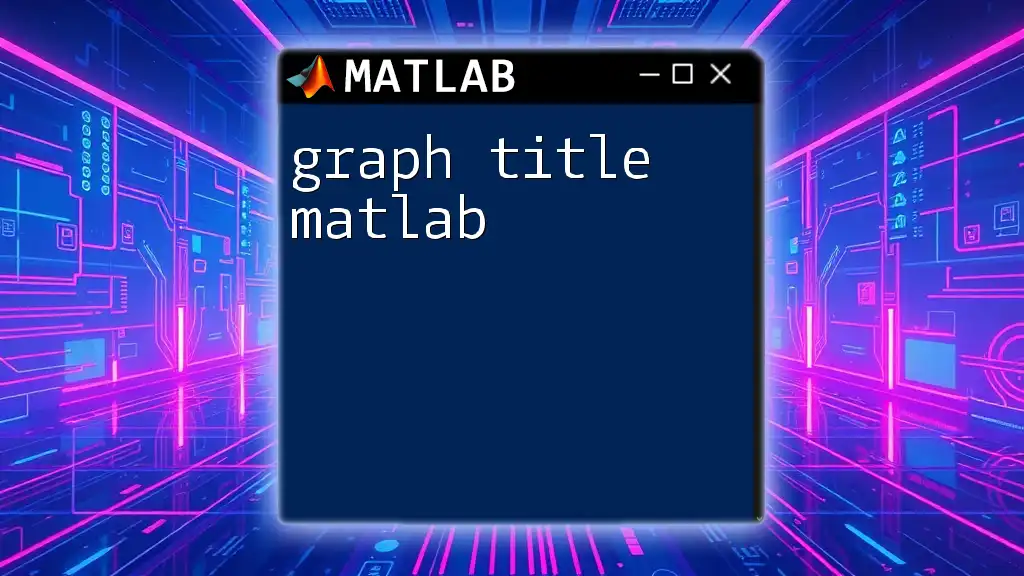
Debugging and Testing Your GUI
Common GUI Issues
When developing GUIs, you may encounter several common issues, such as unresponsive buttons or overlapping controls.
To address these problems:
- Always ensure each callback is properly linked to its UI component.
- Use debugging tools in MATLAB, such as breakpoints, to track down errors.
Testing Your GUI
Testing is vital during the development process. It ensures all components are working together seamlessly. Regular testing allows you to identify bugs early and improve usability.
There are multiple strategies to assure functionality:
- Run your app and manually check each feature.
- Use disp statements within callback functions to log actions and states.

Best Practices for Designing User-Friendly GUIs
Aesthetic Considerations
A well-designed GUI not only functions well but also looks good. Choosing an aesthetically pleasing color scheme and layout can make your app more engaging.
Keep it simple: Avoid cluttering the interface. Limit the number of elements and make sure each component has a clear purpose.
Enhancing Usability
Label all components clearly to ensure that users understand their functions. Providing help tips or tooltips can also alleviate confusion.
Consider including a Help button that provides users with a brief overview of the app's features or input requirements.
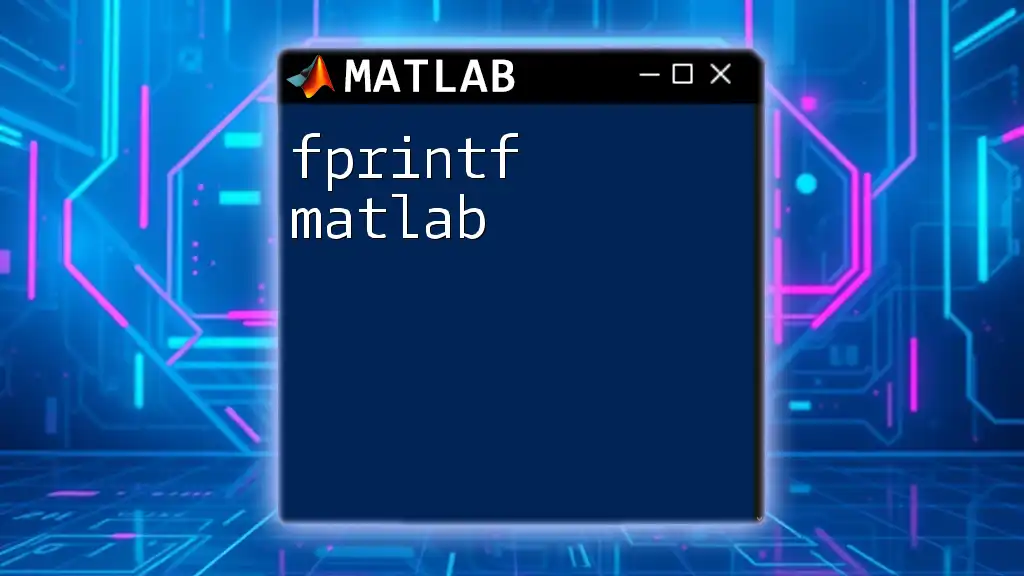
Conclusion
This guide has walked you through the essentials of creating a graphical user interface in MATLAB. By understanding the different components, functionalities, and best practices, you can start developing your own effective and user-friendly GUIs today. Don't hesitate to experiment with complex designs, and remember, sharing your work within the community can lead to valuable feedback and improvements!
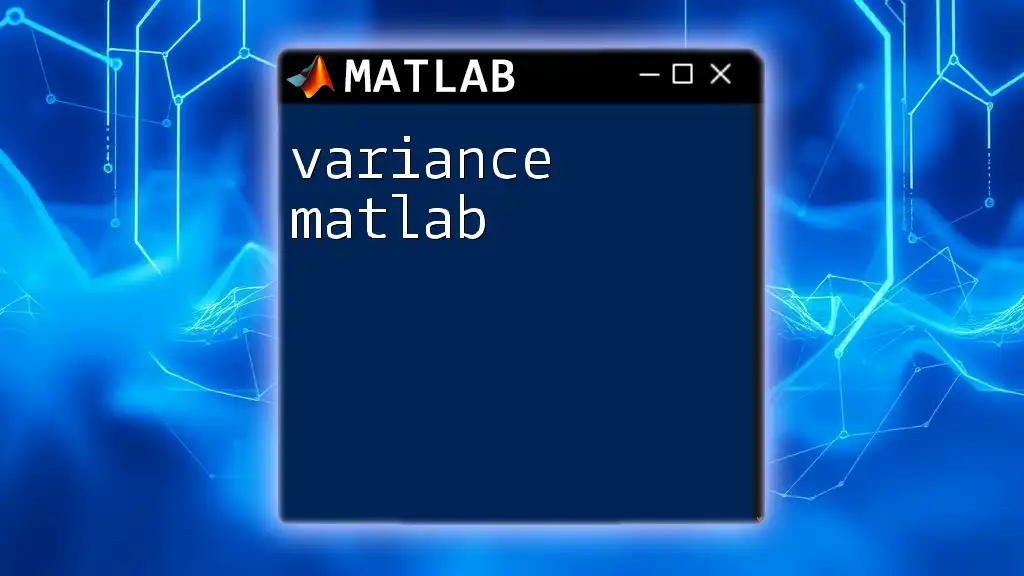
Additional Resources
Recommended Documentation and Tutorials
Refer to the official MATLAB GUI documentation and tutorials. They provide extensive insights and advanced techniques that will enhance your development skills.
Community and Support
Engaging with forums and community sites for MATLAB GUI developers can be incredibly beneficial. These platforms allow you to ask questions, share your projects, and learn from the experiences of others.

